Nith Viaduct
Nith Viaduct



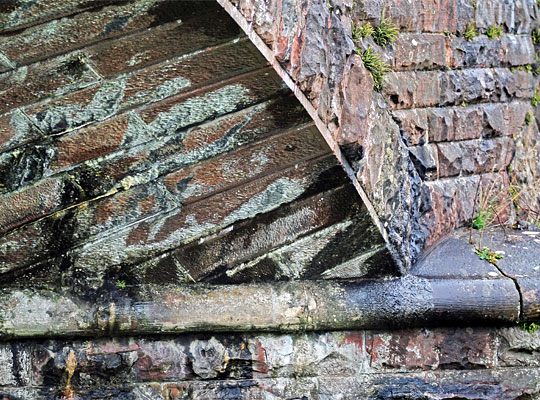
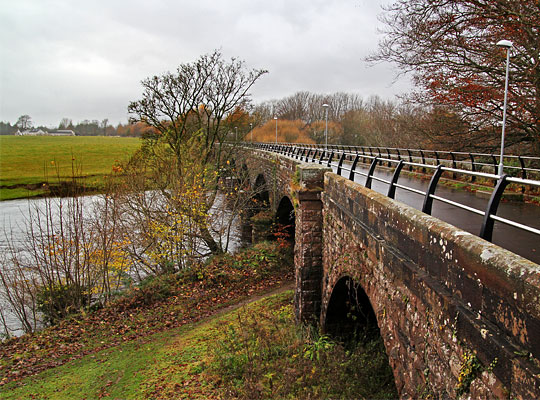
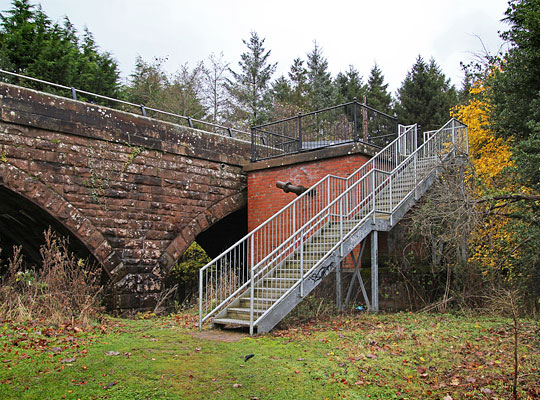
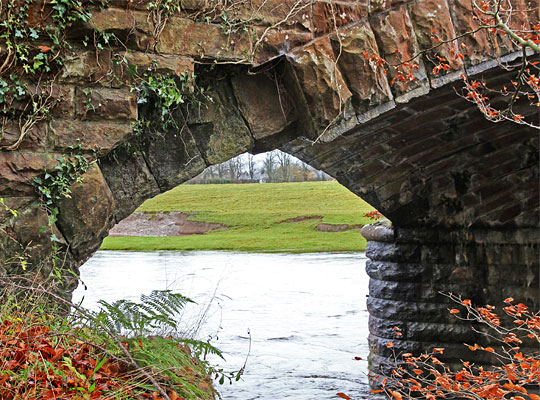
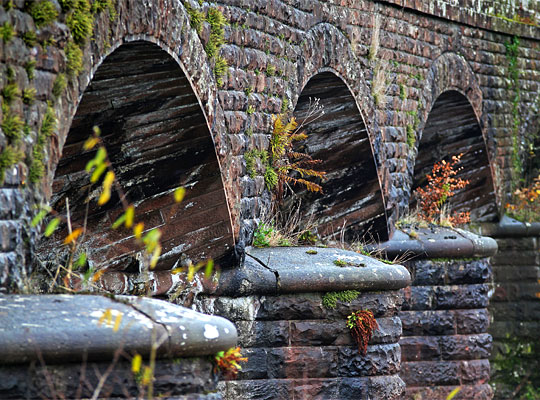
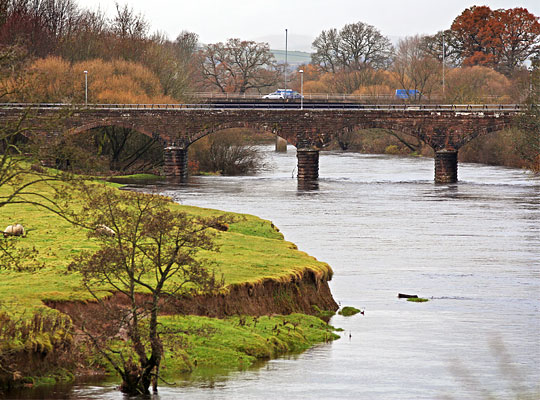
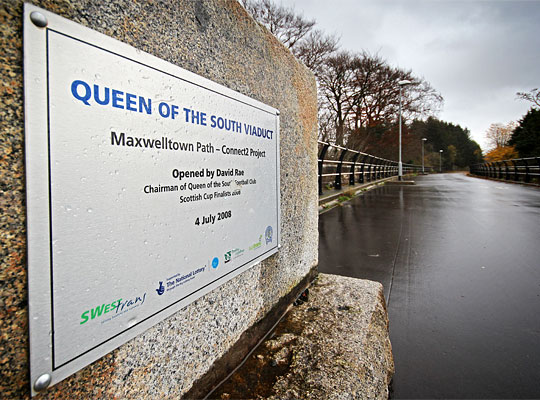










In 1853, John Miller carried out the survey work for a 19-mile railway linking Dumfries to Castle Douglas in south-west Scotland, the intent being to improve communications for the local agricultural industry. A two-year hiatus followed, but efforts were eventually made to raise the money needed for a Parliamentary Act. Royal Assent was granted on 21st July 1856.
Construction was put in the hands of engineer Andrew Galloway, with capital of £187,785 raised, half of which came from the Glasgow & South Western Railway Company. The final bill was £224,000. The work was split into three contracts – Dumfries (5½ miles), Dalbeattie (7½ miles) and Castle Douglas (6½ miles) – the former being the heaviest, with two masonry viaducts to erect. Those successful in tendering were Messrs Henry Lee, Son & Freeman (Dumfries) and Messrs Lawton Bros.
Goldielea was the grander and more substantial of the two viaducts, incorporating 18 spans and a curve of about 24 chains in radius. The other, built under the superintendence of Mr Black, skirted across the River Nith to the north of Dumfries, also following a curved alignment and incorporating ten segmental arches. The design of both is generally attributed to John Miller Jnr, the son of renowned railway engineer John Miller of Grainger & Miller. This is exceptional, as he was only 19 years old at the time. He died suddenly in 1864, aged just 24.
Built in red sandstone, Nith Viaduct’s six river spans were heavily skewed and built with cutwaters on either side to help resist scour; the outermost arches were provided for the purposes of flood relief. At the east side, a wedge-shaped abutment with pilasters connects the main structure to four smaller arches.
The contract was let early in 1857 and, by the end of April, the foundations had been sunk for the western abutment and a pump installed to clear away the standing water therein, based on the Archimedes screw principle and operated by two men. To improve productivity, “every conceivable mechanical appliance” was brought to site. In about two weeks, a timber accommodation bridge was constructed across the river, on top of which a tramway was laid for several travelling cranes, used to convey and lift materials. Small portable steam engines drove home the timber piling which formed cofferdams for the river piers.
Progress was impeded somewhat in the summer of 1857 when the stone masons went on strike, seeking an increase of 3s 6d on their weekly wage of 22s 6d. This was probably prompted by the local civic workforce winning a rise of 2s per week, meaning they were paid more than their railway counterparts.
A payment dispute with the contractor and a shortage of stone delayed the line’s summer opening until 7th November 1859. The first train into Castle Douglas was met with great celebrations. Commercially, the venture proved immediately successful and the preference share dividend was paid in full and sufficient surplus enabled a 1% dividend to be paid on ordinary shares in the first full year.
Although most of the line succumbed to the Beeching closures in 1965, the section over Nith Viaduct continued to serve Drungans ICI works in Maxwelltown until 31st March 1993. The structure, by this time, was already Grade B listed.
In 2006, Dumfries & Galloway Council established National Cycle Route 7 along part of the route. Two years later, Sustrans and Railway Paths Ltd carried out works to the viaduct, allowing the path to be extended over it, connecting with the town centre and the railway station.







